From the German: “Unterseeboot” literally….. undersea boat
The very first wreck I dived on was the James Egan Layne in July of 1991, I was spellbound by her, sat on the bottom of Whitsand Bay, bows intact, as if she had been placed there to hide her for some clandestine purpose. It wasn’t until you dropped over her side and swim down her flank that you realise she is a shell, her structure remains but her insides have been torn apart and laid asunder by devastating force. It is only then perhaps, that you wonder at the means of her end, or perhaps you already knew her story, her desperate fight for shore and survival, the temporary success of her grounding in the bay and the removal of what could be salvaged before her forward holds flooded and she became a total loss…….. Her fate was that of many ships in those times between 1939 and 1945, “happy times” to begin with for those of the Kriegsmarine, the German Navy, those who sailed and crewed the Unterseeboot…..the U-Boats……… or “Grey Wolves” as they were grudgingly known to those at sea and caught in their periscopes
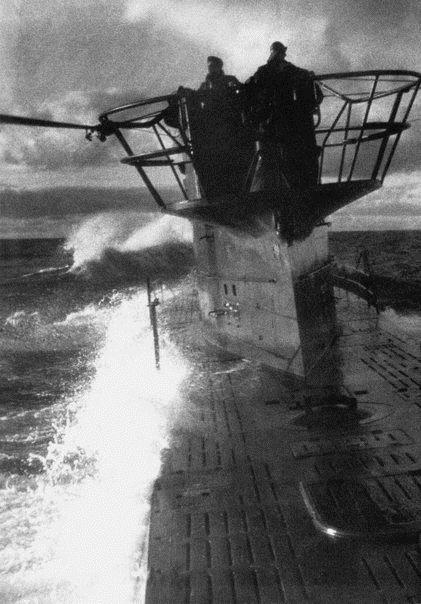
The U-Boat that sank the James Egan Layne was a type VIIc, one of the Type VII series, the workhorses of Karl Donitz’s “Wolf-Packs”, a lesson learned from the First World War (1914 to 1918). Grand Admiral Donitz, then an Oberleutnant zur See, had commanded UB 68, an earlier version of the U-boat, against the Allies in WWI. Donitz had seen the tactics England used to blockade the German fleet, keeping them corralled in their ports, to prevent them harassing the British fleet following the naval battle at Jutland. Donitz had seen the results, Germany had been brought to its knees in war by the Allied armies, and Germany’s population had been taken to starving point because her foreign supply routes had been denied them, by the British Royal Navy. Whilst a prisoner of war, his U-Boat having suffered technical problems forcing Donitz to surface and scuttle the boat, allowing his capture by the Royal Navy, Donitz wrote “Die U-Bootwaffe” (The U-boat Weapon), a paper on using U-Boats in “packs” (Rudeltaktik) and carrying out night attacks on enemy shipping. Donitz recommended using the Type VII U-Boat, a mid sized and reliable boat with a range eventually extended from 6200 miles to 8700 miles, ideal for the Atlantic……….. and Britain’s trade routes from the United States

So the scene is set, between the wars Donitz spent his time following release from Allied captivity, in the Wiemar Republic, (the name given to Germany following the abdication of Kaiser Wilhelm II, on the adoption of a new constitution in August of 1919), back in the Navy, he has risen through the naval ranks, quickly promoted to Kapitanleutnant. By 1928 Donitz was again promoted to Korvettenkapitan and, by the rise of Hitler to Reich Chancellor of Germany in 1933, he had reached the rank of Fregattenkapitan or “Commander”. It only took another year before he was again promoted, taking the rank of Kapitan zur See…..Navy Captain. Between 1933 and the declaration of war on Germany by the British in 1939 following the invasion of Poland, Donitz (a committed Nazi and supporter of Hitler) had been consistently promoted, and had reached the rank of “Konteradmiral” (Rear Admiral) and was the commander of Germany’s submarine fleet, or “Befehlshaber der Unterseeboot”, it took him no time at all to set his Grey Wolves to their task
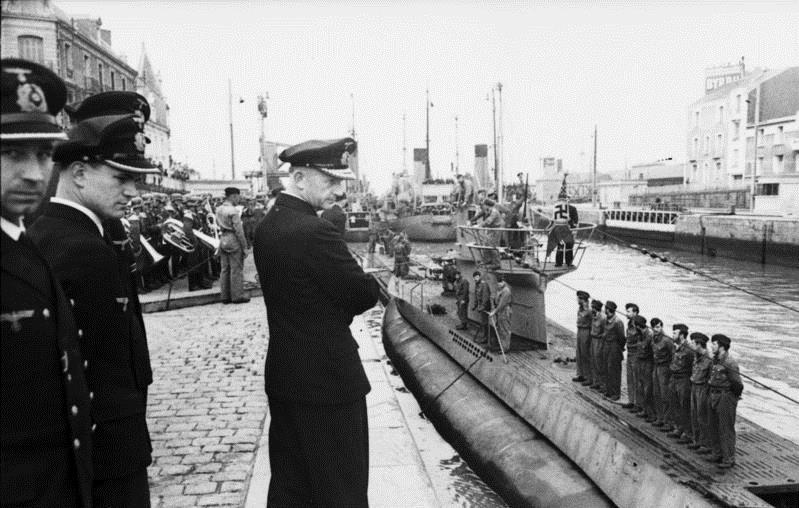
The type VII U-Boat was the workhorse of the Kriegsmarine submarine fleet, there were eventually “A” “B” “C” “D” & “F” variants although there were 3 of the “C” ( C, C41 & C42) variants carrying different configurations. Known as “Flak” boats, the type VIIC/41 were armed with anti-aircraft guns on their “Wintergardens” (the platform to the rear of the conning tower), by the close of the war, including the type C41 & C42’s, there had been 703 Type VII U Boats built. The basis of the VII U Boats, or origin of species, was the VIIA, there were 10 of these boats from a design of 1933, they were armed with 5 torpedo tubes, 4 to the bow (front) and a stern tube at the rear, for which they carried 11 torpedoes, unless designated as a minelayer when the torpedoes would be substituted for 2 “TMA” mines. They also had a deck gun, an 88mm breech loader for which they had 160 rounds of ammunition, this was the U boat variant that began World War II with a range of 6200 miles, these boats were from the yards at Bremen on the river Weser & Kiel on the Baltic coast and were produced between 1935 and 1937
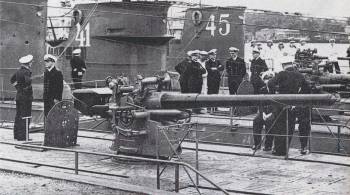
The drawback of the type VIIA was its operational distance, this was realised early on and corrected in the VIIB which had additional saddle-tanks fitted, carrying an extra 33 tons of diesel (U-Boat Types- Type VIIB: uboat.net/types/viib.htm accessed 9/07/20) adding 2500 miles to their range. There were 3 additional torpedoes (totalling 14), an additional 60 rounds for the deck gun (totalling 220 rounds), an increase in power giving them extra speed, now able to reach 18kts on the surface and 8kt submerged, and an additional rudder giving increased manoeuvrability. In all there were 24 type VIIB boats commissioned during WWII, the most successful of which was undoubtedly U 48, sinking 52 ships between April 1939 and its decommissioning in 1943 indeed, some of the most successful of the U Boats were Type VIIB’s Gunther Prien’s U 47, Otto Kretschmer’s U 99 and Joachim Schepke’s U 100
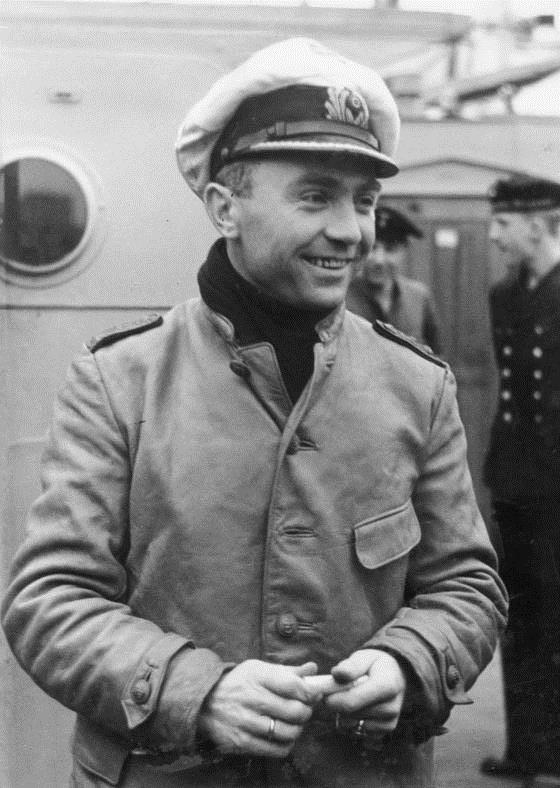
The next iteration of the VII class was the VIIC which was by far the most popular of the class, by the close of WWII 568 Type VIIC U Boats had been commissioned (of 703) these boats produced in Kiel, Bremen, Lubeck, Emden, Danzig, Stettin, Rostock and Hamburg. The VIIC was slightly heavier than the B meaning she was slightly slower and was produced from 1940 to 1944. The VIIC quickly became the main of the U Boat fleet, seeing the introduction of the Flak boat configurations (VIIC41 and VIIC42), designed to combat air-attacks of the Allied Air-Force, whilst on the surface, re-charging their batteries and cleansing Air supplies

The type VIIC was the most varied U-Boat Class and initially carried the 88mm SK C5 Deck Gun forward of the conning tower, standard between the years of 1940 and 1942. As the submarine war had changed considerably during the conflict, from wolf packs to “lone wolves”, (from surface “gun” attacks, to surface torpedo attacks, ultimately, almost exclusively, to submerged, periscope attacks), the forward deck gun had been generally discontinued, replaced with additional torpedoes in place of the Gun’s ammunition. The gradual increase of Allied air superiority and the British concentration of effort on the U-Boat threat, coupled with the Bletchley Park code-breakers successes, (breaking the Enigma encoding machines encryptions, used for co-ordinating U-Boat attacks and communications with their bases) had seen an increase in successful Allied air-attacks on surfaced U-Boats, culminating in one of those casualty’s (U 256) being modified to carry 3 “Flak” guns on the Wintergarden, immediately behind the conning tower

The birth of the VIIC/41 U-Boat fitted with Flak guns to counter the Allied air-attacks, resulted in 91 commissioned boats, generally entering the operational area in the Bay of Biscay. The VIIC/41’s were limited by a lower capacity for fuel, (reducing their range) presumably accounted for by more ammunition and the additional crew required for the manning of the Flak Guns. Compensation for the reduced range came in the form of a thicker pressure hull giving them a deeper operational depth, 120m (20m more than the VIIC) and a crush depth of 250m. The Germans were nothing if not innovators, experimentation with U-Boat configurations witnesses that “across the piece”, and the Type VII U-Boat types, although based on a generic platform, varied widely, even sometimes at the whim of their commanders. Innovations such as the Flak Traps, the inception of rescue boats in tubes, increased hull thickness to allow deeper diving and the latter day “Snorkels” fitted to allow re-charging of the electric motor batteries by running the diesel engines submerged, reducing the chances of detection………. all evidence adaption, innovation and improvisation
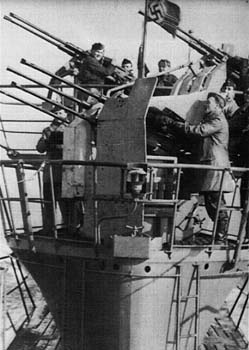
I took a trip to Kiel in 2017 and spent a very wet and windy day at Laboe, visiting the only example remaining of a type VIIC/41 in the world. I have to say it was one of the best trips I have ever made and the boat itself is only one of the attractions in Laboe, the U-Boat service memorial and museum is literally 100m down the road from the stunning spectacle of U 995. To see this boat complete, and as she would have been in 1943 on her launch out of the Blohm und Voss yard in Hamburg, (just 50 or so miles from Laboe) on the beach alongside the coastal road there is quite something, you would be forgiven for wondering what on earth possessed anyone to place her there, but I am grateful to whom ever did!
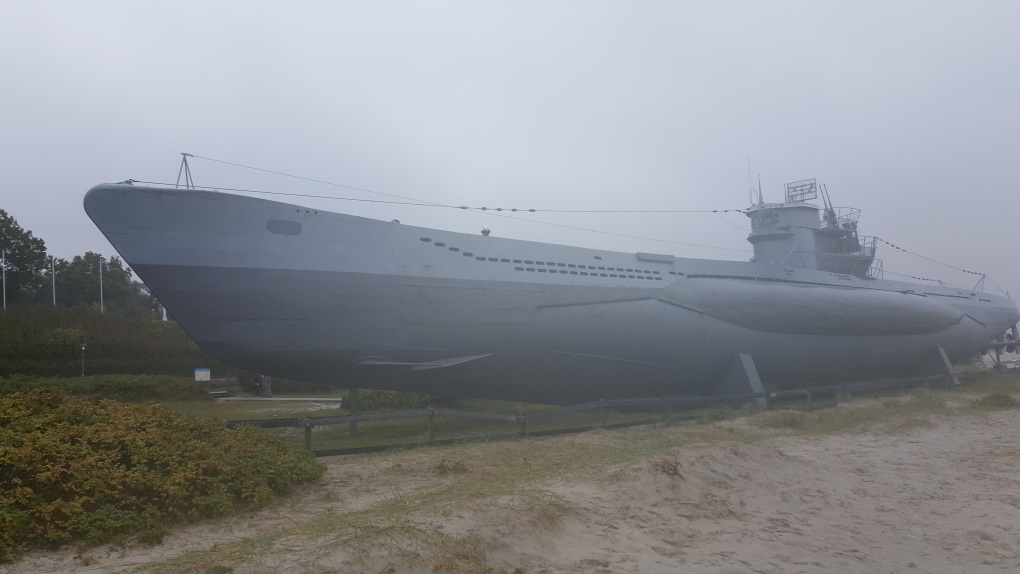
If ever there was an opportunity to feel the claustrophobia of the U-Boat, to imagine the heat, the noise, the overwhelming atmosphere of high carbon dioxide, mixed with Diesel fumes and sweat……. No matter which side of the conflict, a submariner’s life must have been a special level of Hell at times, it must have taken a special breed of men to undertake successive operational tours under such stressful conditions, let alone spend considerable time in such a toxic atmosphere, whilst attacking, or under attack. It is little wonder the Kriegsmarine and the Royal Navy Submariners are held in such high regard, nor that they hold a unique perspective…. “There are Two Types of Ship….Submarines….and Targets”

The crew of the Type VII U-Boats were typically around 45 men, depending on the class, (the VIIC/41 having additional gunnery crew), the generic VII boat’s crew being made up of the Kommandant (OC), 2 Watch Officers (WO’s) a Chief Engineer (CE), 4 Chief Petty Officers (CPO’s) 8 Petty Officers (PO’s) and 29 Seamen, Gunners, Mechanics or “Other Ranks” (Doctor/Meteorologist/Cook etc) and all lived and breathed in shifts, hot bunking on a one out one in basis with little personal, or “off-duty” time whilst on patrols
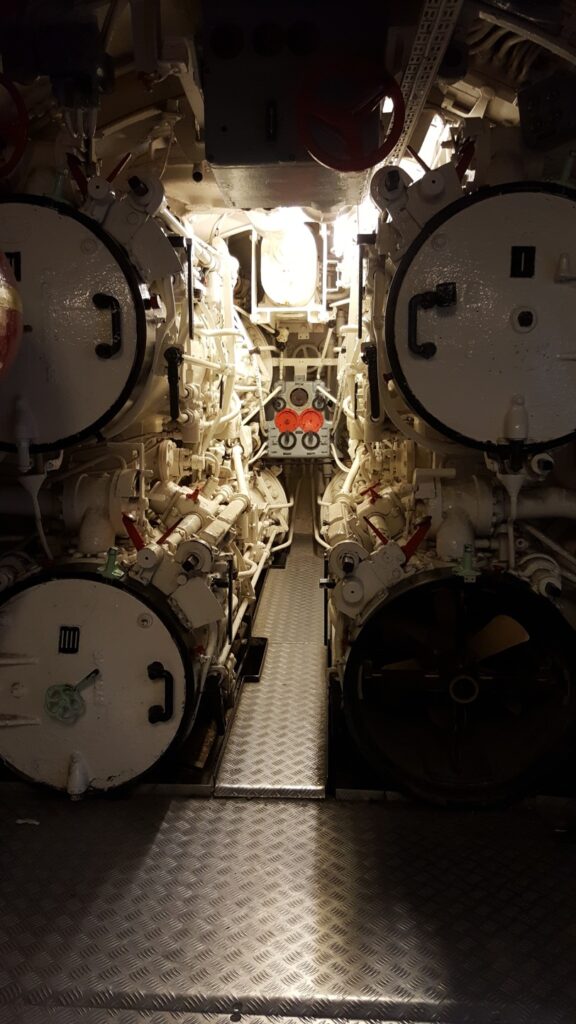
U 995 is an impressive relic of the day, in pristine condition on the beach at Laboe with the sea behind her, she is not only an impressive sight from the outside, giving a sense of scale and perspective to the imaginings borne of countless movies, U 995 is even more impressive internally, serving as a record of the technology of the time. U Boats were the cutting edge of naval “tech” and were constantly innovating in search of deeper, longer patrols and ever more “stealth” technology, evidenced by the “Alberich” (Wagner’s occasionally “Invisible” Dwarf, King of the Nibelungen in the Ring Cycle Opera’s) experiments, the Asdic beating rubber covering on the stealth U Boat U 480. Commanded by Hans-Joachim Forster, U 480 was never detected by the British or Allied forces, despite being sent to patrol the heavily defended English Channel late in the war. U 480 eventually become a victim of tactical Deep Mines set in the English Channel, something even her “cloak of invisibility” could not have hidden her from
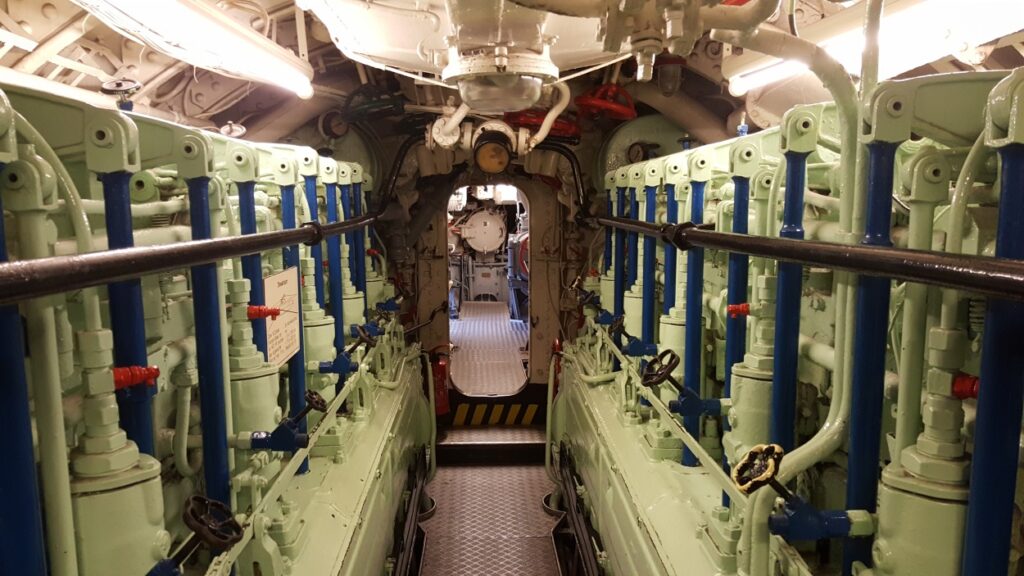
U 995 is a remarkable piece of living history, a survivor of a service that lost 75% of its core to the Allies but still put to sea to the very end of hostilities, and, as a Type VII/C41, she is a representative of somewhere around 10% of the entire Kriegsmarine Type VII fleet during WWII. The circumstances of her survival, damaged, awaiting the fitting of a “Schnorkel” in her berth in Trondheim at the close of the war, then surrendered to the British, before finally finding her way into the Norwegian Navy as the K Class “Kaura”, are remarkable to say the least. It is astonishing, in the circumstances, that she was saved by the German Navy League, (Wikipedia: “German SubmarineU-995”. On-line, Accessed 21/07/20) despite having been offered to the West German Government for 1 Deutschmark (way before the Euro), and transformed into the superb “living museum” that she is now
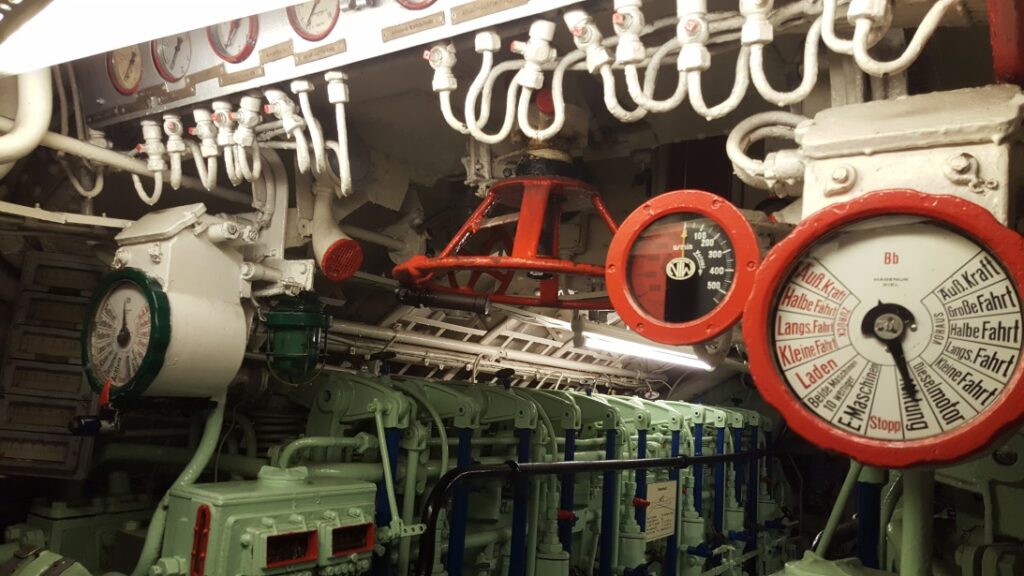
There were, eventually, other Type VII’s…….. the Type VII/C42 followed the C41, designed in 1942 to replace the VIIC and incorporating a thicker pressure hull (28mm Steel), this type was designed to increase the operational depth to 200m and the crush depth to 400m, doubling the VIIC capability in this respect. These boats were essentially identical to the Type VII/C41’s but with two periscopes on the conning tower, and carrying an additional 2 Torpedoes (total 16 carried). The VII/C42 design was almost immediately overshadowed by the introduction of the Type XXI “Elektro Boat”, perhaps the very first true “submarine” designed specifically to fight “untersee” rather than compromise between surface and the deep. There were also Type VII D & F boats, the Type “D”’s being longer than the “C”’s, configured as Mine layers, there were only 6 of this type, and 4 of the Type VIIF boats, generally acting as Torpedo transports (carrying up to 39 “fish” to re-supply other U Boats on extended patrols), or sometimes as attack craft, carrying 14 fish to use in anger. The Type VIIF boats ended the type VII U-Boat category, a once almost unbeatable force, a terrifying, hidden enemy, free to roam the seas unchallenged. By 1943 all of that had gone, the hunter had become the hunted, Enigma and Ultra had clashed……. and ultra had won, Bletchley Park knew where every U-Boat was, when every U-Boat set sail, and where every U-boat could be found once at sea……and even those wearing the new “cloak of invisibility” had to surface, were compelled to talk to the Fatherland, to report, to get new orders……..time had run out for the wolf pack, and the lone wolf was being hunted…….. relentlessly
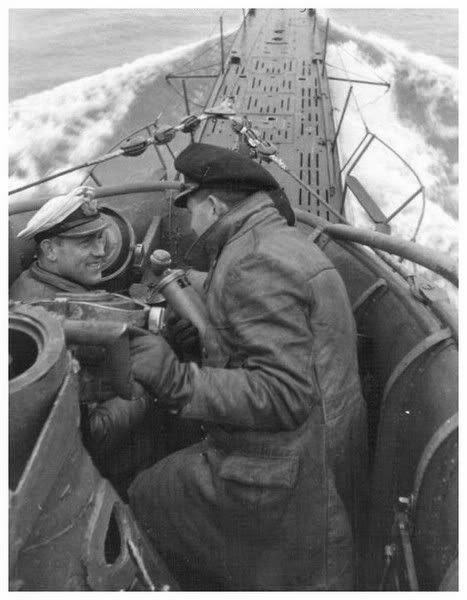
Epilogue:
So is this piece simply a glorification of the violence of submarine warfare, is it an admiration of those who risked everything to prowl the seas, taking down those who often didn’t even see them, before it was obvious their journey had ended and a nightmare had begun? Or is this a clinical look at the boats themselves, the technology that was brought to bear in such times of conflict, an abject and detached view of ancient enemies and their prosecution of, and the machinery behind, their application of aggression? There is something of all those tenets in the piece if I’m honest, I begrudgingly admire those who endured such conditions, under unforgiving seas, in order to serve their Fatherland. Equally, there is a deep admiration, and equally despair for those who served their country, bringing supplies across hostile seas in often terrible conditions, in order to sustain and endure, only to come under attack from hidden enemies, seemingly from out of nowhere

There are those who say we should abandon the relics of history and that keeping these reminders gives the cause of those who prosecuted global war and terrible human suffering a legitimacy, to those people I would honestly have little to say save read Orwell………. There is something tangible in the preservation of such terrifying weapons and there is something cathartic too, having served, in at least a small way, I can honestly say, and truly believe, one man’s terrorist (enemy) is another man’s freedom fighter! If you understand history (apropos of Santayana), if you study the context of those in conflict, you will find most engaged in such saga’s are there as a result of circumstance, good men overtaken by events, or driven by rhetoric to take up arms for their ideal or an ideal they cannot escape. That does not excuse atrocities committed in the name of “cause”, it simply acknowledges the predicament of those caught between the tectonic plates of history, outside of their control and with little choice but to take part, either by luck or judgement

